BATHROOM FLOOR: HOW TO CHOOSE THE RIGHT ONE
It can be a bit confusing process, but a good tip is to start with the floor. Once you have found the right materials for the bathroom floor, most other things will work. Therefore, we have made a guide for you, in which you can both get inspiration and see what advantages and disadvantages there are with the different types of floors for the bathroom.
Ceramic tiles are a popular choice for the bathroom floor because they are very robust. They are made of ceramic material which has been exposed to extremely high temperatures. It hardens the surface and makes the tiles practical as a floor in wet rooms. Ceramic tiles are available from around DKK 400 per. square meters for a decent quality and up to several thousand kroner per. square meters for special designs and atypical sizes – and there are really many beautiful designs on the market, so you can put your very own touch on the bathroom. The only thing you need to be aware of is that ceramic tile obviously means joints, and joints can be difficult to keep clean. Photo: Mia Mortensen
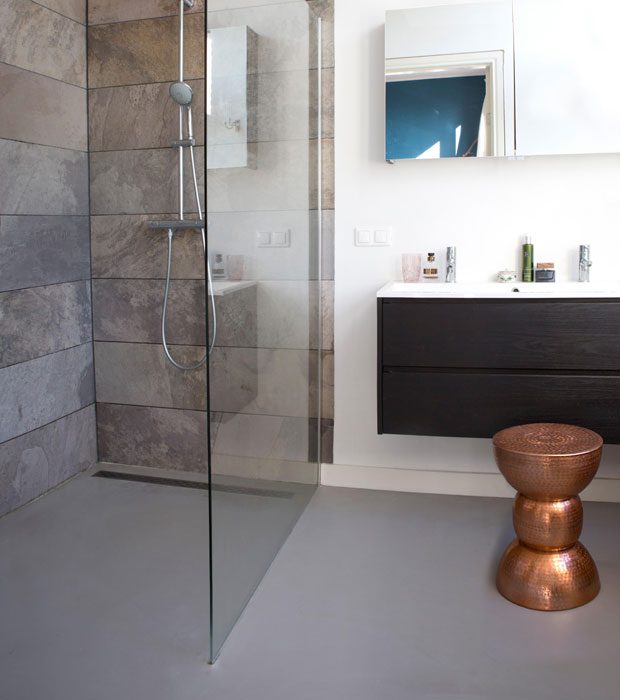
Epoxy flooring in the bathroom: What you need to know
Epoxy has long been used in warehouses and garages because it can last a very long time and is easy to clean. The other big advantage is that it can be laid on top of existing flooring. So you do not need to remove the ugly floor tiles before applying epoxy. It can save you some money. It is shiny and easy to wipe off, and then it is available in an incredible number of fun colors. It is also called synthetic resin, and when it is liquid, it can be dangerous to get on the skin. There is also water-based epoxy and epoxy paint, but it does not work in a wet room. Therefore, one should leave it to professionals to lay the floor. Once the floor has hardened, it is no longer toxic. Photo: All Over Press Norway
Tip: The glossy and durable effect can also be achieved with acrylic or polyurethane floors.
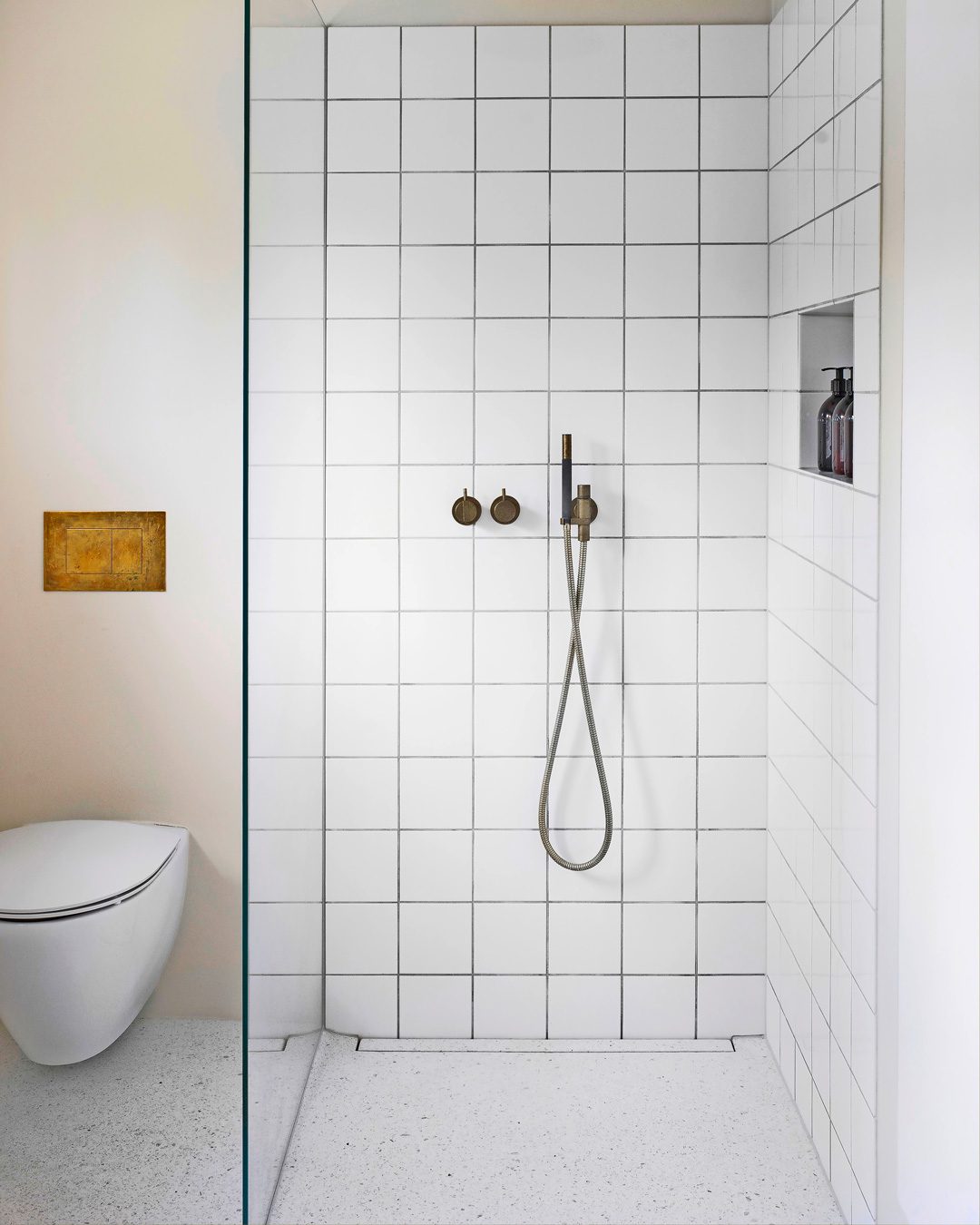
The terrazzo floor is left in the bathroom
Once upon a time, terrazzo floors were standard in bathrooms in apartment complexes, but then they were replaced by cheaper solutions such as vinyl. Today, terrazzo floors have become popular again – even trendy. Terrazzo consists of a layer of cement with colored pebbles of gravel, marble, limestone or similar. After it is cast, the surface is sanded and polished. It gives a beautiful result and is robust and durable, but one must be aware that terrazzo does not tolerate descaling agents. With the right surface treatment, the floor can retain its luster for a long time, and when it becomes dull to look at, it can be polished up again. Photo: P. Wessel
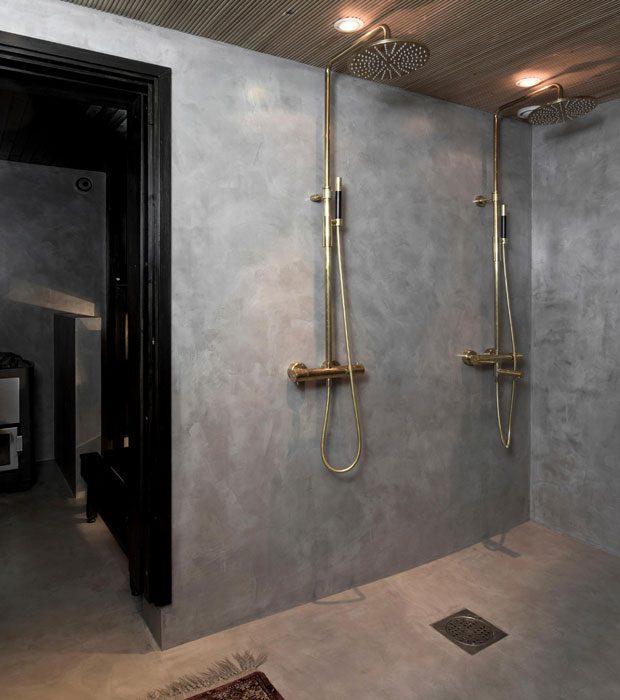
Polished or matt concrete as a bathroom floor
Once upon a time, concrete was perceived as something that lay under a floor, but then the industrial look became modern, and so did raw concrete flooring. It is super durable and can easily lie on top of underfloor heating. A concrete floor can be completely mirror-gloss or matt. It’s about the surface treatment. When laying the floor in the bathroom, it is important to leave it to professionals to make sure that it is done correctly. Be aware that it can be difficult to repair a concrete floor if cracks have occurred. Photo: All Over Press
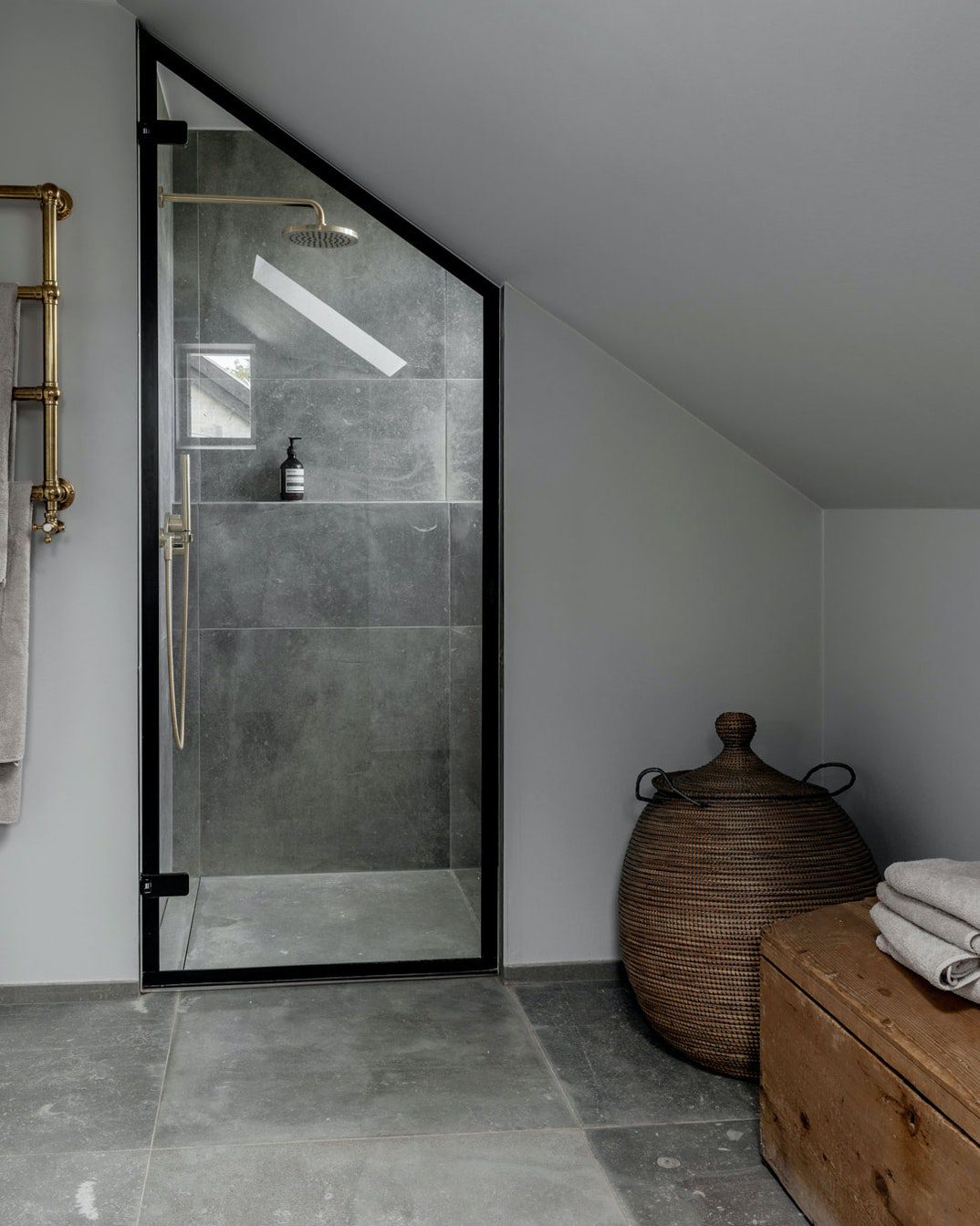
Lay large, square tiles as a bathroom floor
If you dream of the raw concrete look, then you can also easily get it with the help of extra large tiles. If you get it laid correctly with ultra-thin joints, then it almost looks like it’s one floor. Fewer and larger tiles also mean less risk of dirt and limescale accumulating. However, the challenge with the large tiles is not just that the joints have to sit right in the cupboard. It is also important that the surface is completely even. With tiles of 80×80 cm and above, even the slightest unevenness in the surface can result in a floor with ugly height differences, which hurts to walk (and look at). Photo: Peter Kragballe
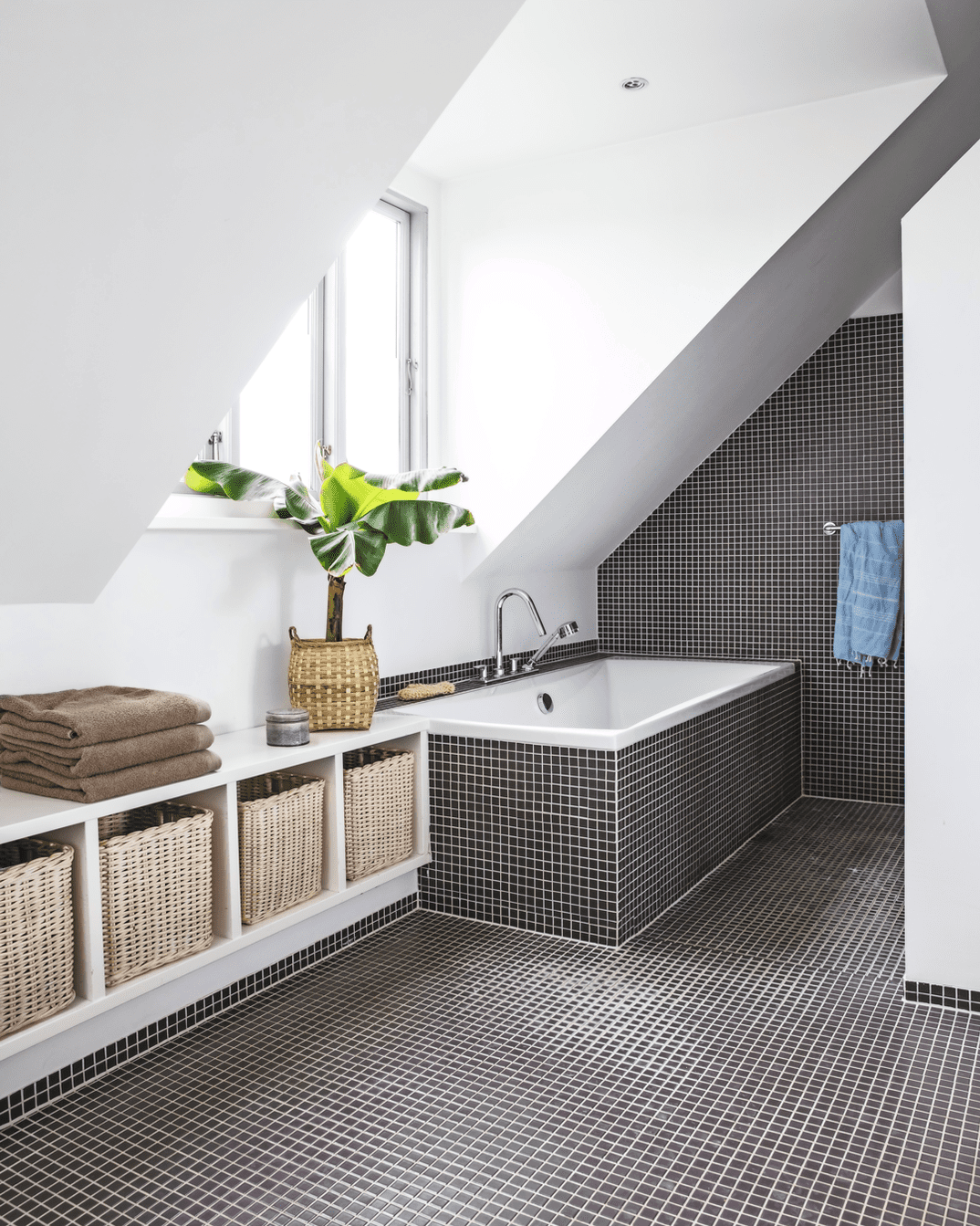
Mosaic tiles on the bathroom floor: You need to be aware of that
Mosaic tiles are ceramic tiles that are smaller than 5×5 cm The tile itself has the same good properties as the ceramic tile: The surface is extremely hard and therefore also extremely dirt-repellent. However, mosaic stones have the disadvantage that they have a lot of joints. As previously mentioned, dirt and lime settle in joints, and with so many, they can become a big job to keep clean. If you are in love with the look, it can be an advantage to talk to a professional about which mosaic tiles are best suited for a bathroom floor and especially the wet area itself. Photo: Christina Kayser O.
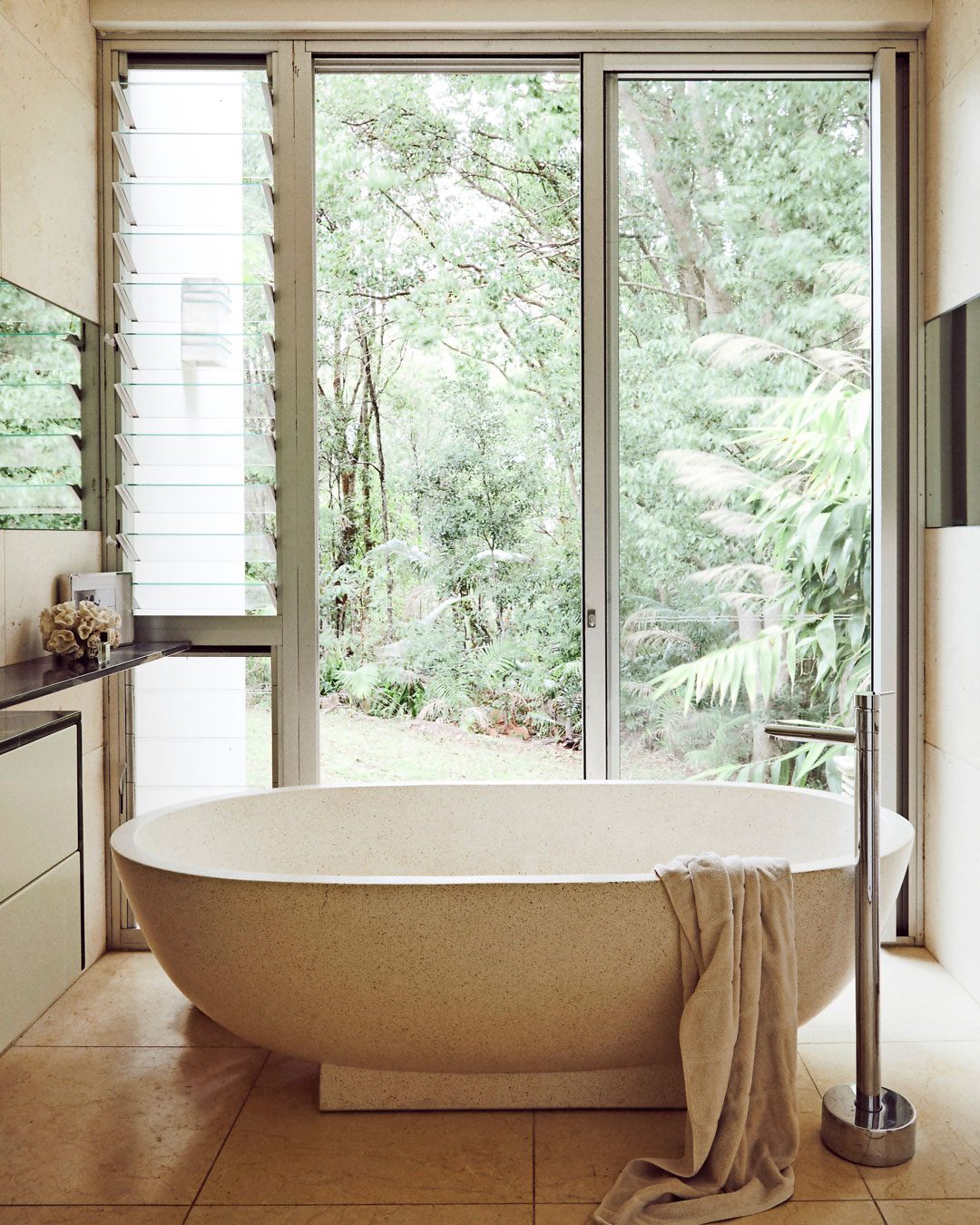
Inspiration for natural stone on your bathroom floor
Slate, sandstone, marble, travertine and limestone are all examples of natural stone. Unlike ceramic tiles, they are actually carved out of a mountain. It provides a variety, warmth and a game that man-made tiles can not mimic. In turn, the rough surface also makes them more susceptible to dirt. In the shower itself, it is rarely a good idea with natural stone, but in the rest of the room, marble or slate can really help to give an exclusive look. Photo: Lynden Foss / Living inside agency

Vinyl flooring in your bathroom
Vinyl has been used for walls and floors in wet rooms for many years and there are many benefits to the material. First of all, it is incredibly durable. Many vinyl floors have a 10 year warranty and can last much longer. Then it’s cheap too. Most types of vinyl cost between 100 and 600 DKK per. square meters. It is also popular because it is elastic and therefore does not crack when the house settles. And if you think that vinyl floors are only available in the dull light gray version that almost all Danish holiday homes have, then you can believe it. Today you can get vinyl in many exciting colors, and it can easily look exclusive in combination with the right materials. If you decide on vinyl, just remember it must be GVK approved and possibly. joints must be carried out by a professional floor layer with a welding certificate. Photo: Anitta Behrendt





















